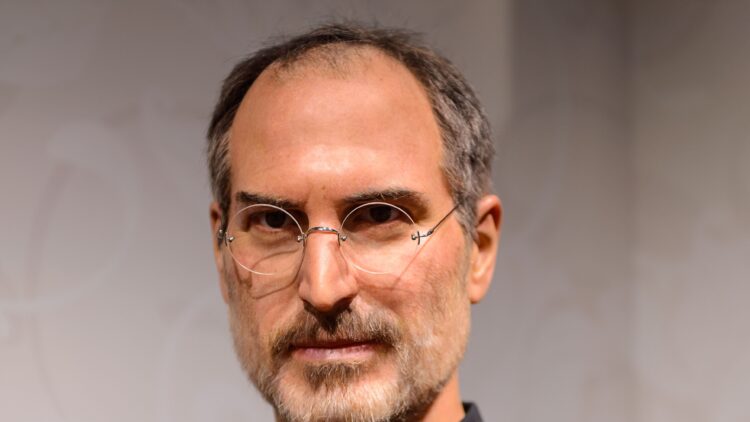Books of old, legends and myths have all told us of mankind’s unique inventions. Perhaps one of the greatest ever till this day is the Apple iPhone created by the genius Steve Jobs at Macworld in San Francisco. Here’s a look at the history of this brand and it’s impact on human lives.
Keep reading for the details.
01.09.2007
Apple CEO Steve Jobs introduced the world to the iPhone, which would later change the world of social interaction and communication across all spheres. Wired described iPhone in 2018 during a review of its first decade as this
It stated that the iPhone’s influence extends beyond other phones, comparing its infrastructure to that of smart home appliances, self-driving cars, and drones.
Touch Screen, Intimidating Camera
The first model of the phone offered a touch enabled screen, high quality camera and fast internet services among plenty other, giving it an instant edge over other brands like Palm Treo, Blackberry and Moto Q at that time.
Steve Job Describing The Invention

The Apple boss called the iPhone “a revolutionary product that comes along and changes everything” at the Macworld Expo in San Francisco in 2007, while noting the influence of other innovations like Macintosh in 1984 and iPod in 2001 on their respective industries.
The Full Package
On the same day, Jobs introduced “three revolutionary products” including a widescreen iPod with touch controls, a breakthrough communications device and revolutionary mobile phone.”
Anticipating It’s Debut

While Apple was yet to release it into the growing smartphone market at that time, tech critics and lovers awaited its dramatic debut into the tech market. As expected, the tech guru delivered heavily on that promise.
The First Generation iPhone
Steven Silver described the first generation iPhone in the Apple Insider back in 2018.
He continued by stating that the first model had no third party apps and had a whopping 16GB of flash memory.
Exclusive To AT&T

The first-ever iPhone was sold exclusively at AT&T stores and operated on their slow EDGE GSM network, which was unreliable then.
A Popular Device
Despite the issues with its network provider, Apple’s first iPhone was popular and sold 6.1 million pieces worldwide between June 29, 2007, to July 15, 2008, when it was discontinued.
Who Is Greg Packer
Does it ring a bell or nothing at all? Well, Packer, a former highway maintenance worker from Long Island, was the first to purchase an iPhone on June 29, 2007, at the Apple Store on Fifth Avenue in Manhattan after staying outside the building all week.
Sales Stats

About 2 billion iPhones have been sold since its launch, with close to 800 million active use worldwide. That’s one for every 10 people around the globe.
iPhone And It’s Impact On Human Lives

The iPhone’s influence on people and other smartphone technology is too profound to ignore. Wired described the iPhone as a gradual replacement for computers, cameras, trip planners, and user payment tools.
Breaking New Grounds
iPhones have also created a fresh industry of app developers, accessory builders and social media houses.
iPhone’s Impact On Apple’s Bottom Line

CNET reported in October 2008 that a little under 40% of Apple’s revenue could be linked to iPhone sales compared to 2021, which saw it increase to 52% out of 365 billion dollar sales.
Good Or Bad For The Society?

While this question has been argued over and over, Heidi Hackford wrote for the Computer History Museum in 2018 on how the iPhone was first viewed as an essential tool for contacting friends, community, and family but has now possibly blurred the line between work time and personal time.

















































